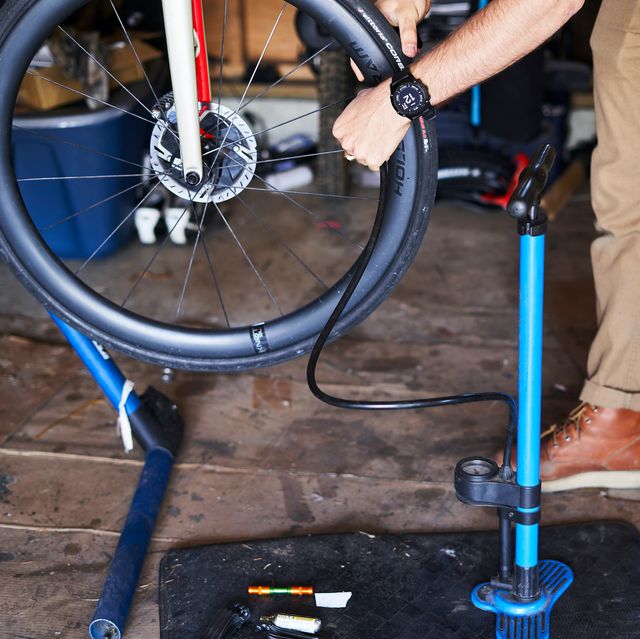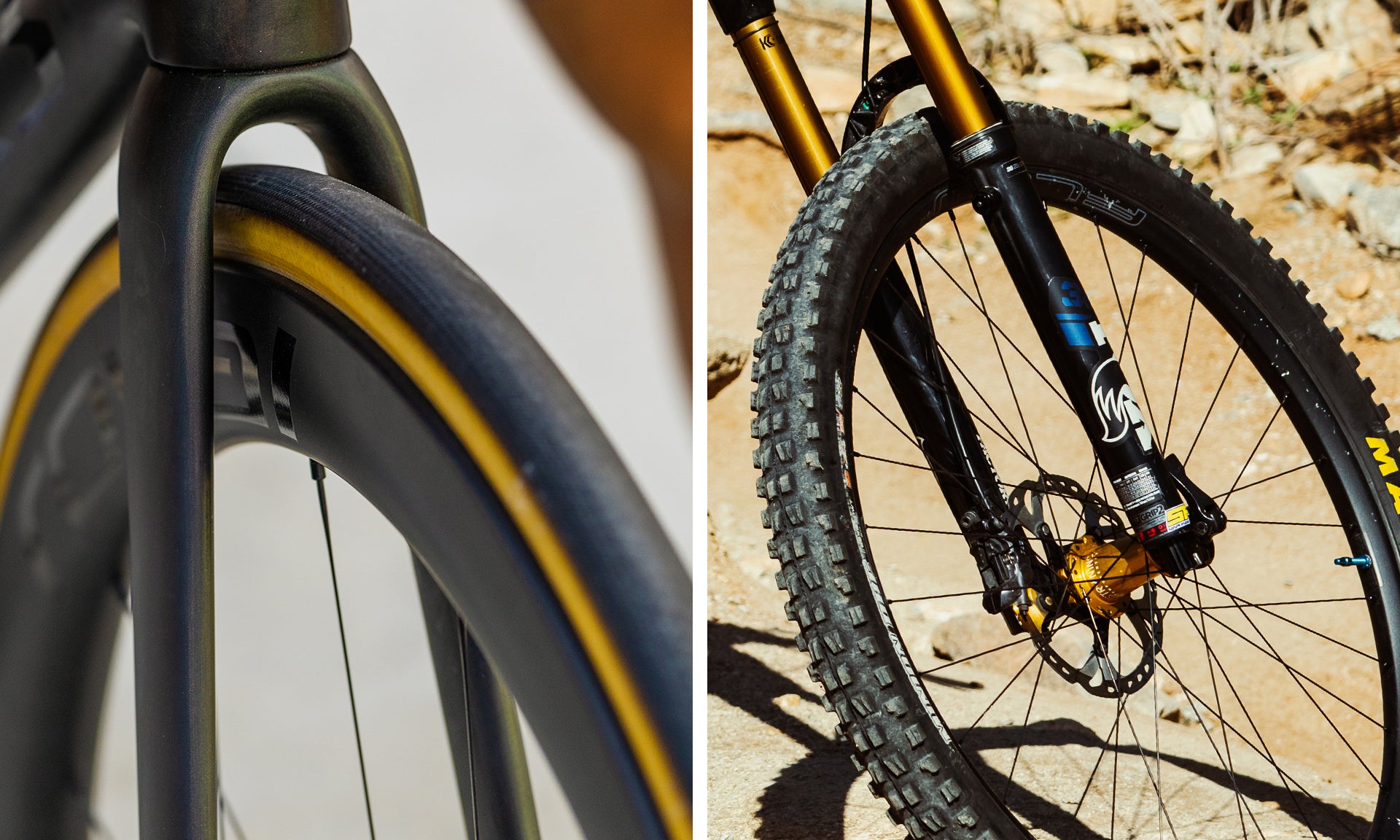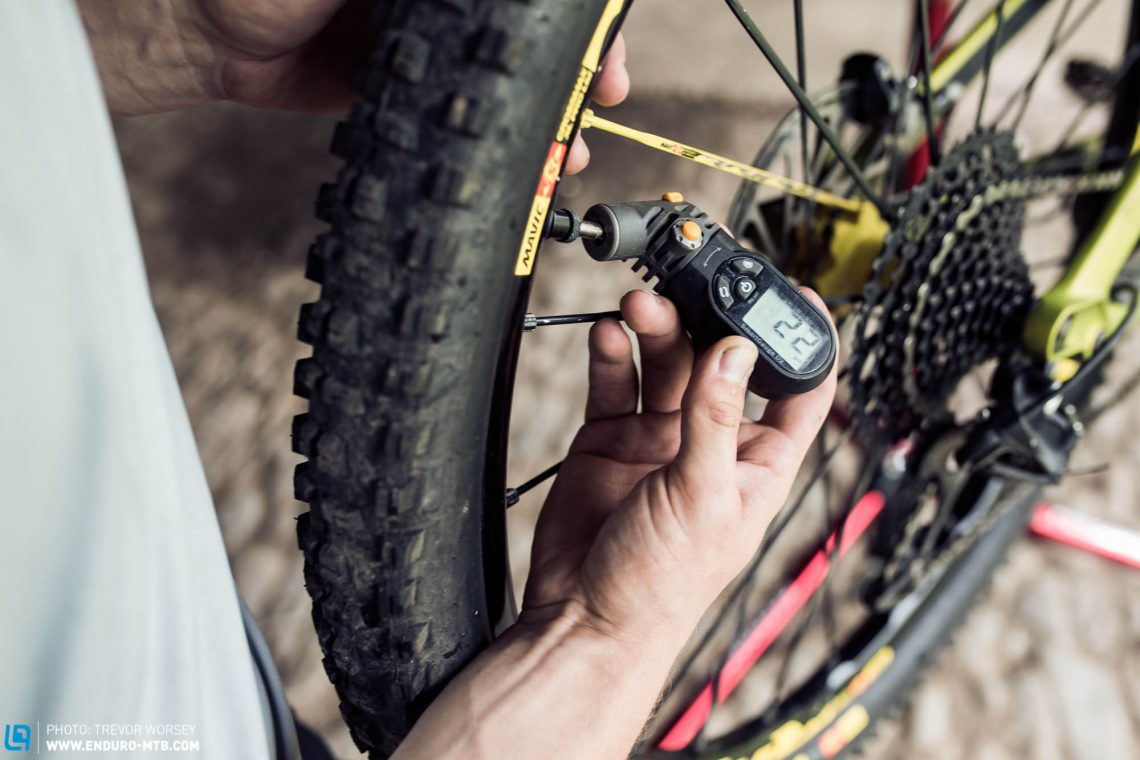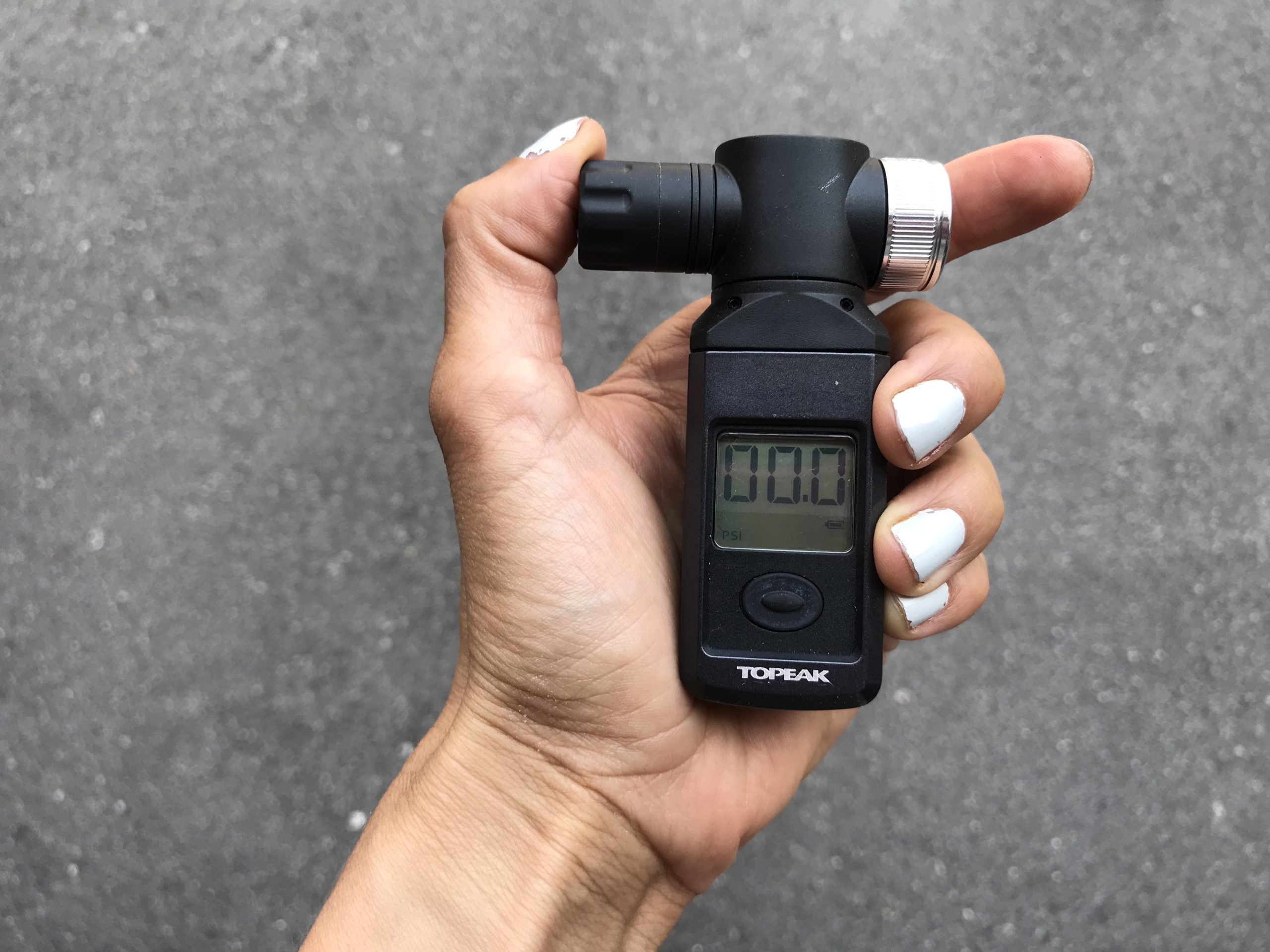The accurate and concise answer to Mountain Bike Tire Pressure is that the recommended tire pressure for mountain bikes can vary depending on factors such as rider weight, terrain, and tire width, but generally falls within the range of 30-35 PSI. It is important to find the right tire pressure to ensure optimal traction, control, and comfort while riding.
Finding the right tire pressure for your mountain bike is crucial for a smooth and enjoyable ride. The appropriate tire pressure can vary based on various factors such as rider weight, terrain conditions, and tire width. Understanding the importance of tire pressure and how it affects your performance is key to optimizing your riding experience.
In this guide, we will explore the recommended tire pressure range for mountain bikes, factors to consider when determining the ideal pressure, and tips for finding the right tire pressure for your specific riding conditions. By following these guidelines, you can ensure better traction, control, and overall performance on the trails.

Credit: www.bicycling.com
Introduction To Mountain Bike Tire Pressure
Discover the optimal mountain bike tire pressure for your ride. Achieve better performance and control with the right tire pressure.
Why Tire Pressure Is Important For Mountain Biking
Proper tire pressure is crucial for a successful and enjoyable mountain biking experience. The tire pressure of your mountain bike directly affects its performance, control, and overall ride quality. Whether you’re a beginner or an experienced rider, understanding why tire pressure matters will help you optimize your biking adventures.
Factors That Affect Tire Pressure
Various factors can influence the ideal tire pressure for your mountain bike. It’s essential to consider these factors to ensure you’re riding on the right tire pressure for your specific needs:
1. Terrain: The type of terrain you’ll be riding on plays a significant role in determining the optimal tire pressure. If you’ll be riding on rocky or technical trails, a lower tire pressure can provide better traction and shock absorption. On the other hand, if you’ll be tackling smoother and faster trails, a higher tire pressure may offer lower rolling resistance and increased speed.
2. Rider Weight: Your weight has a direct impact on tire pressure. Heavier riders generally require higher tire pressures to prevent pinch flats and maintain stability. Conversely, lighter riders may benefit from slightly lower tire pressures for improved grip and comfort.
3. Riding Style: Your riding style can influence the ideal tire pressure. Aggressive riders who frequently take on jumps and drops may prefer lower tire pressures for enhanced control and grip. Meanwhile, riders who prioritize speed and efficiency may opt for higher tire pressures for improved rolling resistance.
4. Tire Size and Width: The size and width of your mountain bike tires also play a role in determining the appropriate tire pressure. Wider tires generally allow for lower pressures, while narrower tires may require higher pressures to maintain their shape and stability.
5. Weather Conditions: Weather conditions, especially temperature, can impact tire pressure. As temperatures fluctuate, tire pressure may also change. It’s important to regularly check and adjust tire pressure according to the weather conditions to ensure optimal performance and safety.
By considering these factors and regularly checking and adjusting your tire pressure, you can optimize your mountain biking experience and enjoy improved performance, control, and comfort on the trails.
How To Determine The Right Mountain Bike Tire Pressure
Choosing the right tire pressure for your mountain bike is crucial for optimal performance and a smooth ride. Various factors, such as recommended tire pressure charts, rider’s weight, and tire width, play a significant role in determining the ideal tire pressure. In this guide, we’ll explore these factors in detail to help you find the perfect tire pressure for your mountain bike.
Recommended Tire Pressure Chart
One of the easiest ways to determine the appropriate tire pressure is by referring to a recommended tire pressure chart. These charts are typically provided by tire manufacturers and take into account factors like tire size, rider weight, and terrain conditions. Although these charts serve as a good starting point, it’s important to remember that they are not the definitive answer for every rider and situation. Experimentation and personal preference are also important factors in finding the ideal tire pressure.
Considering The Rider’s Weight
The weight of the rider is another crucial factor to consider when determining tire pressure. Heavier riders generally require higher tire pressure to prevent pinch flats and maintain better control, while lighter riders may prefer lower tire pressure for increased traction and a smoother ride. It’s important to find the optimal balance based on your own weight and riding style. Keep in mind that rider weight should not be the sole determining factor, as other variables like terrain and riding style also come into play.
Choosing The Right Tire Width And Rim Width
The width of your mountain bike tire and the corresponding rim width also impact the ideal tire pressure. Wider tires generally allow for lower pressure, which increases traction and improves comfort. On the other hand, narrower tires require higher pressure for optimal performance. It’s important to find the right balance between tire width, rim width, and tire pressure to maximize both grip and rolling efficiency. Consulting the tire manufacturer’s recommendations and considering the type of riding you’ll be doing can also help guide your decision.
In conclusion, determining the right mountain bike tire pressure involves a combination of factors, including using recommended tire pressure charts as a starting point, considering the rider’s weight for optimal control and traction, and choosing the right tire width and rim width to balance grip and rolling efficiency. Remember, finding the ideal tire pressure may require some experimentation and adjustments to cater to your specific needs and preferences.
Optimizing Mountain Bike Tire Pressure For Different Conditions
When it comes to mountain biking, one of the most crucial factors that can make or break your ride is the tire pressure. Proper tire pressure not only enhances your bike’s performance but also ensures your safety on different terrains. In this blog post, we will discuss the optimal tire pressure for mountain biking on pavement, rough trails, and various terrains.
Mountain Biking On Pavement
Mountain biking on pavement requires a different tire pressure compared to off-roading. For smoother rides on paved surfaces, it is recommended to maintain a higher tire pressure. This helps minimize rolling resistance and increases efficiency. Typically, a tire pressure between 40 to 50 PSI (pound per square inch) is suitable for pavement riding.
Mountain Biking On Rough Trails
When tackling rough trails and uneven terrain, lower tire pressure is essential to provide better traction and absorption. Lower pressure allows the tire to conform to the surface, ensuring improved grip and control. However, it’s important to strike a balance and avoid excessively low pressure, which can lead to pinch flats or rim damage. For rough trails, a tire pressure range of 25 to 35 PSI is recommended.
Mountain Biking On Different Terrains
Mountain biking enthusiasts often encounter a variety of terrains, ranging from rocky paths to muddy trails and everything in between. To optimize your bike’s tire pressure for different terrains, consider the following guidelines:
- For rocky and technical terrains, slightly lower tire pressure in the range of 25 to 30 PSI provides better grip and cushioning.
- For loose or sandy trails, a higher tire pressure of around 35 to 40 PSI improves traction and prevents sinking.
- For muddy conditions, reducing tire pressure to around 30 to 35 PSI ensures the tire can bite into the terrain for added control.
Remember, these recommendations are not set in stone. Personal preference, rider weight, and tire width also play a role in determining the ideal tire pressure. Experimentation and adjusting pressure accordingly will help you find the sweet spot that suits your riding style and comfort. Regularly check your tire pressure before heading out on a ride to ensure optimal performance and safety throughout your mountain biking adventures.

Credit: www.theproscloset.com

Credit: enduro-mtb.com
Frequently Asked Questions For Mountain Bike Tire Pressure
What Psi Should My Mountain Bike Tires Be?
The recommended psi for mountain bike tires varies depending on factors such as rider weight, tire width, and trail conditions. Generally, a good starting point is around 30-35 psi for front tires and 35-40 psi for rear tires. Experiment with different pressures to find what works best for you.
How Much Air Should Be In A 26 Inch Bike Tire?
The recommended air pressure for a 26-inch bike tire varies based on the weight of the rider. It can range from 30-50 PSI.
What Psi Should A Mountain Bike Be On Pavement?
For pavement, the recommended PSI for a mountain bike tire is typically between 40-50. It’s important to find the right tire pressure for your bike to ensure optimal performance and traction on different surfaces.
What Is The Best Tire Pressure For A Bike?
The best tire pressure for a bike varies depending on factors such as rider weight, terrain, and tire size. It is recommended to refer to a mountain bike tire pressure chart or consult with a local bike shop for specific recommendations.
Conclusion
Determining the correct tire pressure for your mountain bike is essential for optimal performance and safety. By maintaining the appropriate tire pressure, you can ensure a smooth and comfortable ride while also preventing flats and maximizing traction. Remember that tire pressure can vary depending on factors such as rider weight, terrain, and personal preference.
By referring to a mountain bike tire pressure chart or consulting with experienced riders, you can find the perfect tire pressure that suits your needs. So, take the time to experiment and find the right balance for your mountain bike adventures.
Happy riding!

Taylor is an outdoors & sports equipment specialist, sports author, bike traveler, bicycling and skating expert, and smoke-free ride activist. He is also a regular reviewer of outdoor sports gadgets and accessories. About safety gear and biking facts he analyzes and gives his feedback to outdoorxsports. Writes and tests to help him, you, and us.

